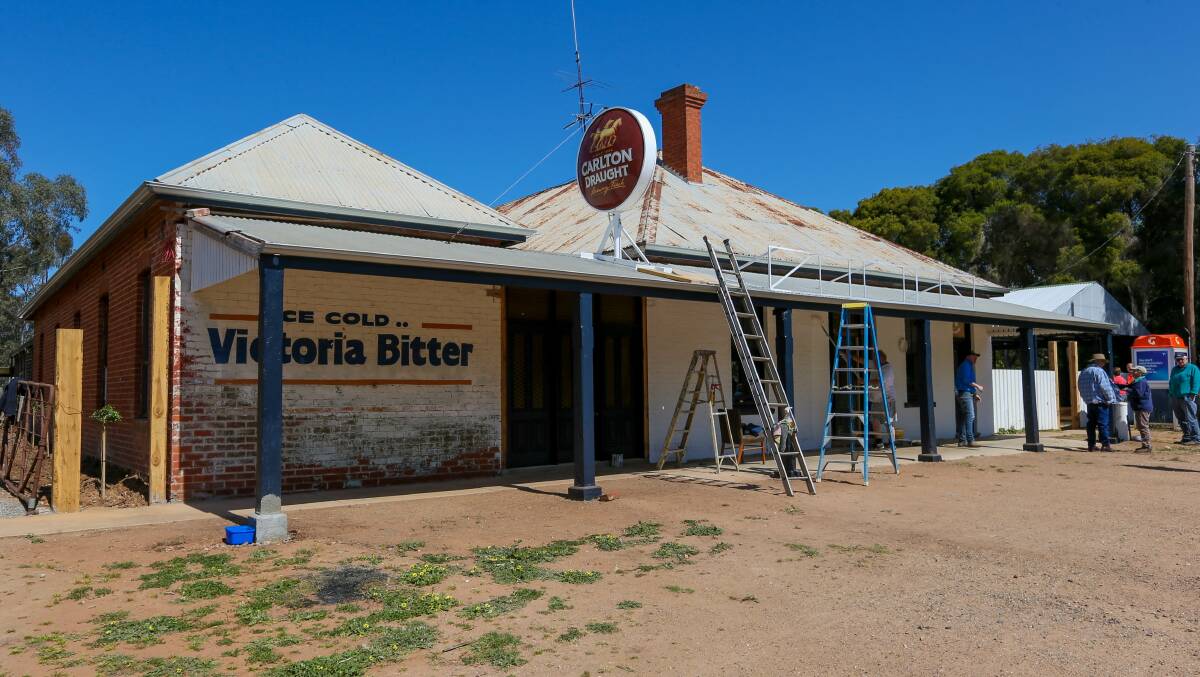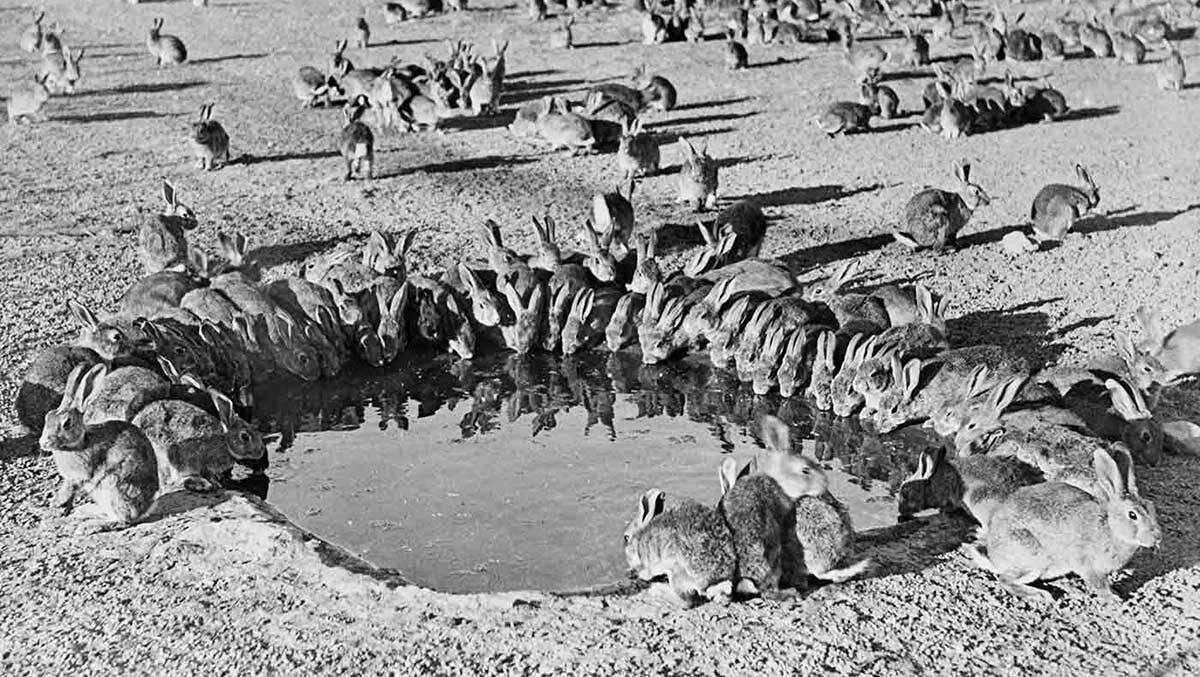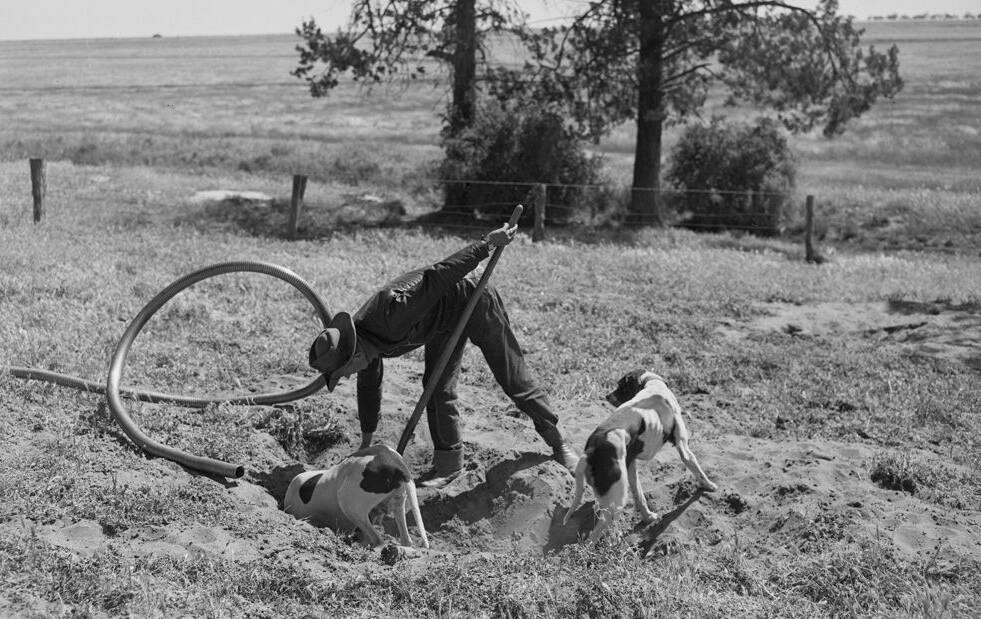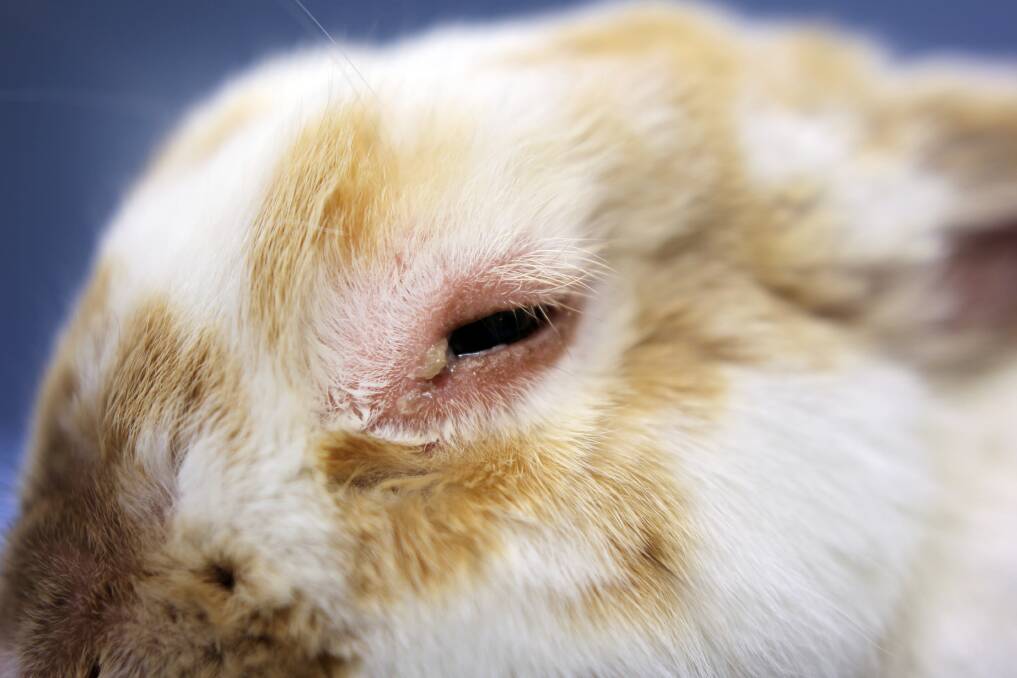
The village of Balldale has scored a blue heritage plaque for its breakthrough in combating the spread of rabbits in Australia.
Subscribe now for unlimited access.
or signup to continue reading
NSW Heritage Minister Penny Sharpe announced on Monday November 20 that Balldale's role in the successful trial of the myxomatosis virus in the summer of 1950-51 would be marked with a blue circle.
It was one of 14 nominations selected in the latest round, with 12 of the others for individuals such as artist William Dobell and author Charmian Clift.
IN THE NEWS:
- Keep it simple: Let them fill the bloody potholes and go and have a beer
- Police appeal for help to find stolen car worth about $100,000
- Man found dead at popular music festival in Tocumwal
- New Benalla mayor pledges focus on art and recreation development
- Dan Christian turns back the clock with a patient knock
- Throwing money into potholes: Feds to double rural road repair funding
Our Town Balldale Inc founding chairman and member Brendon Wood drove the campaign to have the milestone recognised with a plaque.
"I thought that's an historical events that's been lost and that's probably worthy of one and it turns out we are," Mr Wood said.

"Not much happens in Balldale, the town nearly closed when the pub shut in 2011 and it was resurrected in 2019 when it reopened with a beautiful restoration and it's still an agricultural area and this is the major contribution Balldale has made to agriculture in Australia."
Mr Wood said the plaque would be installed on a wall of the hotel at some time in 2024, although the historical episode unfolded on a farm known as Warrembool, seven kilometres west of Balldale.

It was there in 1950-51 that the CSIRO released the virus after having had failures in South Australia and Gunbower before and after World War II.
With swampy terrain and pine trees, the Kookaburra paddock at the property proved to be suited to the transmission of myxomatosis via mosquitoes.
Mr Wood said over the summer it spread to the Corowa common more than 20 kilometres away, with dead rabbits with bulging eyes discovered.
"It's still recognised as the most successful biological control of a mammalian species in the world," the former Corowa policeman said.

Warrembool owner Susie Cay, 76, who was a little girl when the trial took place, is expected to be prominent at the plaque unveiling.
"When she was first told about she laughed but then when an historian visited as part of the application process she realised the importance of it being recognised," Mr Wood said.
Mrs Cay's father had served in the army with scientist Ian Clunies Ross who oversaw the project.
Our journalists work hard to provide local, up-to-date news to the community. This is how you can continue to access our trusted content:
- Bookmark https://www.bordermail.com.au/
- Make sure you are signed up for our breaking and regular headlines newsletters
- Follow us on Twitter: @bordermail
- Follow us on Instagram @bordermail
- Follow us on Google News


